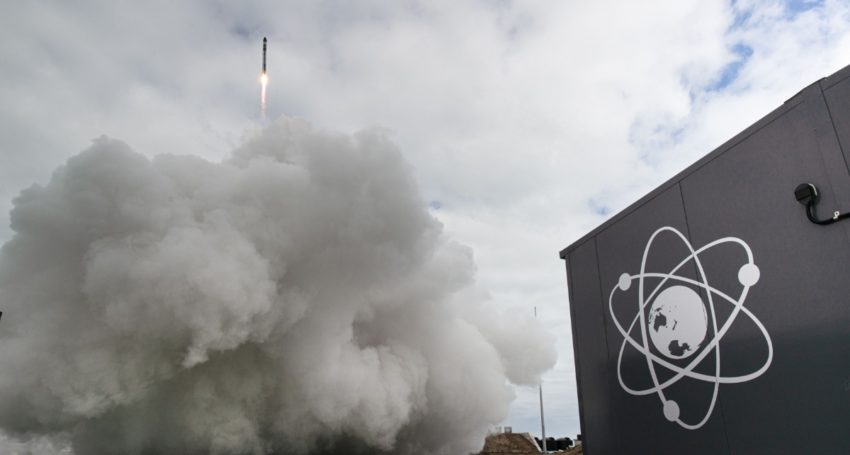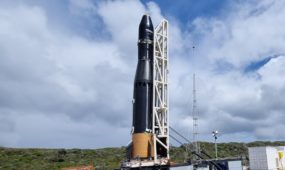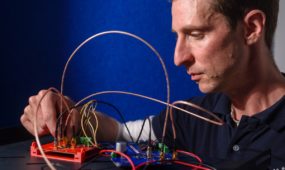Fleet Space Technologies launches fifth satellite
Space
Adelaide-based satellite manufacturer Fleet Space Technologies have successfully launched their fifth commercial nanosatellite and are looking to expand production in Australia.

Sign up to receive notifications about new stories in this category.
Thank you for subscribing to story notifications.

Named Centauri 3, the 10kg nanosatellite was launched from New Zealand’s Launch Complex 1 at Mahia Peninsula aboard a Rocket Lab Electron launch vehicle this week.
Centauri 3 will orbit 550km above the Earth and has begun commissioning and engaging in full operations.
Fleet Space CEO and co-founder Flavia Tata Nardini said Centauri 3 will demonstrate her company’s Industrial Internet of Things capabilities.
“It will link multiple remote sensors monitoring critical infrastructure such as remote mine sites, gas pipelines and rurally dispersed electricity pylons with central base stations, 24 hours a day,” said Tata Nardini.
This technology allows operators to conduct geological surveys and operate unmanned vehicles such as drones remotely from a proper control centre, rather than having to visit a distant, inaccessible site, according to Tata Nardini.
The technology and infrastructure are currently being used by utility company SA Water to monitor soil moisture and air temperature in parks in Adelaide, South Australia, and by SEA Gas to detecting threats along their pipelines.
The Centauri 3 nanosatellite will be joined by two more this year and a further 16 in 2022 and 2023.
Fleet Space made history in November 2018 by launching Australia’s first four commercial nanosatellites, Proxima 1 and 2 and Centauri 1 and 2.
Tata Nardini said they aim to have a constellation of 140 nanosatellites in orbit by 2027 to achieve seamless global coverage that could generate “a lifetime revenue of $1.82 billion.”
To meet the demand, Fleet Space has applied for a AUD$5 million grant under the Australian government’s Modern Manufacturing Initiative.
In conjunction with $4 million to be raised by Fleet Space, the money will fund a new factory to make it possible to manufacture the entire satellite payload from Adelaide by the middle of 2022.
This will allow Fleet Space to increase production from three hand-built nanosatellites a year to mass-producing 50, increasing its current workforce from 31 today to 128 scientists, engineers and assembly technicians by 2024.
Fleet Space has partnered with the University of Adelaide’s Institute of Photonics and Advanced Sensing, Redarc Electronics, Hawker Richardson and Lintek to build the industrial capability to manufacture these nanosatellites in Australia.
The Centauri 3 and subsequent nanosatellite payloads include an innovative lightweight beam-steering antenna, artificial intelligence-driven computer server and satellite modem designed by Fleet Space.
“We design the antenna and all of the rest of the payload, but at present, the only space-qualified company that can manufacture the antenna is in Switzerland,” Tata Nardini said.
“For the first time, we’ll be able to 3D print our innovative beam-steering antenna here in Australia.
“These manufacturing capabilities will also be available to the defence industry as well as to other Australian space companies, adding depth and strength to the entire sector.”
The nanosatellites are made to last for three years, and once the 140 are in orbit it is estimated that 50 will need to be replaced every year as their Low Earth Orbits decay and they burn up in the atmosphere.
Jump to next article



